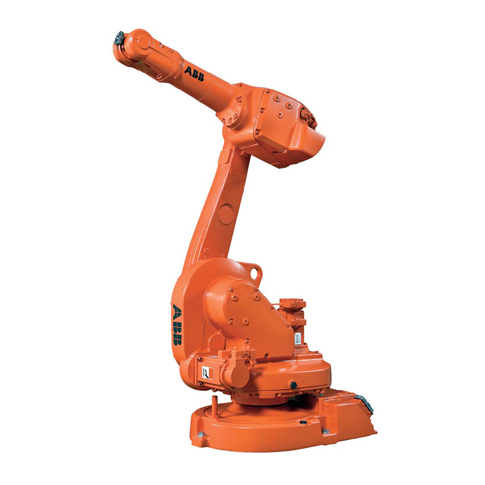
Autonomous Robots
Since the Unimate was introduced in 1961, industrial robots have been mostly expensive and powerful machines that perform repetitive tasks in tightly controlled environments. Increasingly, manufacturing demands lower cost robots that can be deployed safely longside humans and that can learn new tasks rapidly and respond intelligently to unfamiliar objects and situations. At SynTouch, we believe that addressing these new requirements will require "machine touch" - the mechanical properties and sensitivity of human skin combined with the reflexes and perceptual ability of the human nervous system:
- Highly compliant surfaces such as the human fingertips and soft tissue padding of human limbs can absorb energy and slow the dynamics of collisions, permitting slower, less "stiff" control loops and avoiding high contact forces and damage to objects and robots.
- Sensitive contact detection can trigger simple state changes in the actuators to enable graceful acquisition and release of objects and rapid mitigation of collisions, similar to the reflexes employed by human grasp.
- Bayesian decision-making combined with a rich database of prior experience can enable rapid detection of unexpected situations and rapid identification of suitable alternative strategies for the robot.
- Bayesian Exploration is a novel algorithm that automatically selects the most efficient strategies to characterize and identify unfamiliar objects encountered.
- Multimodal sensing enables feedback schemes that can correct for noisy and sloppy actuators and linkages, just as humans compensate for noisy and sloppy muscles, tendons and joints.
- Multimodal sensing permits precise control of exploratory movements and accurate interpretation of tactile data.

